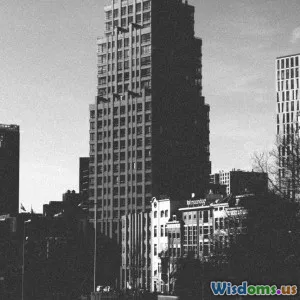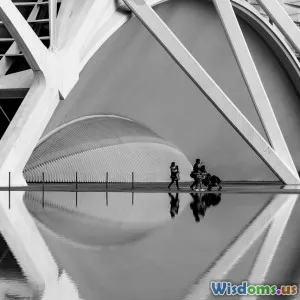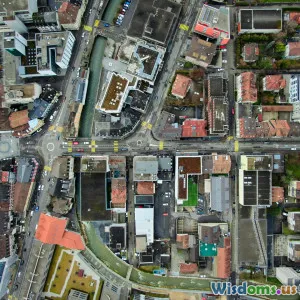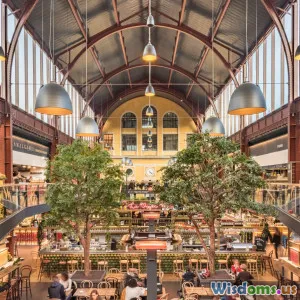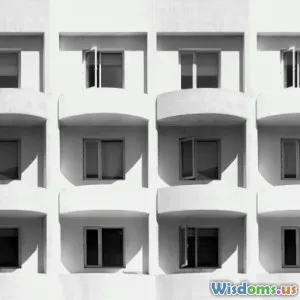
Timeless Design Principles From Roman Architecture
7 min read Explore enduring design principles from Roman architecture that continue to inspire modern building and aesthetic concepts worldwide. (0 Reviews)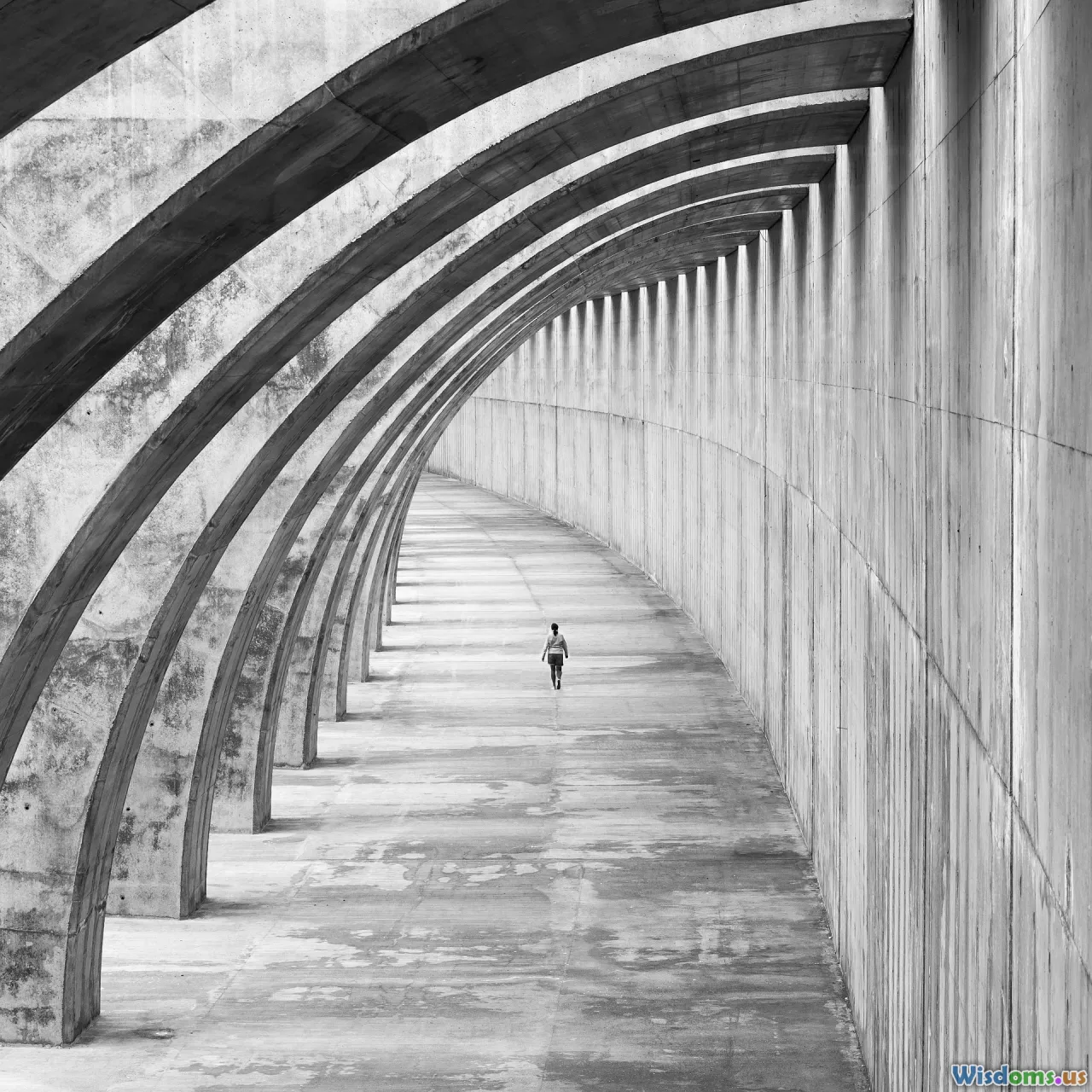
Timeless Design Principles From Roman Architecture
Introduction
Imagine walking through the monumental ruins of the Colosseum or marveling at the resilient aqueducts spanning vast distances—ancient Roman architecture. These structures embody principles that have transcended millennia, shaping our understanding of design, engineering, and aesthetics. Romans were pioneers of innovation, blending function with grandeur, durability with beauty. Today, their principles remain a cornerstone for architects, designers, and engineers globally.
This article dives into the timeless design principles stemming from Roman architecture. By understanding these foundational principles, you’ll not only appreciate ancient masterpieces more deeply but also discover how these concepts can be applied to modern-day design challenges.
The Pillars of Roman Architectural Brilliance
1. Mastery of the Arch and Vault
One of the foremost contributions of Roman architects was perfecting the arch and introducing the vault. Unlike the simple post-and-lintel system used in many ancient structures, the arch distributes weight evenly, allowing the building of larger and more stable openings.
Example: The Pont du Gard aqueduct in France showcases this power. Built nearly 2,000 years ago, its multi-tiered arches efficiently carry water across a vast distance while maintaining structural integrity. This principle enabled Romans to construct expansive public buildings and infrastructure with impressive durability.
The barrel vault and cross vault evolved from these arches, enabling not just horizontal spans but creating vast enclosed interior spaces, like in basilicas and bathhouses. Modern stadiums and railway stations owe their spaciousness to these principles.
2. Use of Concrete: Revolutionizing Construction Materials
While earlier civilizations primarily used stone, the Roman innovation of concrete dramatically transformed construction possibilities. Roman concrete, made from volcanic ash, lime, and water, was incredibly durable and could be poured into molds.
Insight: The Pantheon’s dome, standing for nearly 2,000 years, is a testament to the versatility of Roman concrete. At 43 meters in diameter, it remains the world’s largest unreinforced concrete dome, and its oculus at the center symbolizes creative engineering balanced with aesthetic elegance.
Modern concrete owes its conceptual roots to Roman mixtures, emphasizing adaptability and longevity. The sustainability angle is also noteworthy; many ancient Roman concrete structures outlast modern counterparts, suggesting lessons in environmentally friendly building materials.
3. Embracing Symmetry and Proportion
Roman design was highly conscious of harmony and balance. Drawing inspirations from Greek design, Romans applied proportional systems that considered human scale and sightlines, evoking a sense of ordered beauty.
Vitruvius, a Roman architect and engineer, outlined the triad of durability, utility, and beauty in his treatise De Architectura, emphasizing that these elements are crucial for perfection in architecture.
Real-world impact: Today's urban planners and architects utilize these proportional systems to optimize comfort and harmony in public spaces and residential designs—integrating aesthetics with functionality.
4. Integration of Public Utility and Monumental Grandeur
Roman architecture uniquely blends utility with symbolic power. Their forums, basilicas, baths, and amphitheaters were not mere structures—they were societal hubs designed with both utility and a display of imperial might.
For example: The Baths of Caracalla combined hygienic function, social interaction, and monumental form, featuring expansive spaces, natural lighting, and intricate decoration. Such multi-functional design biblicalizes the concept of blending pragmatic needs with visual impact.
In contemporary architecture, this principle underlies multifunctional public centers and civic buildings, aiming to foster community engagement alongside architectural statement.
5. Innovative Urban Planning and Infrastructure
Roman design extends beyond isolated buildings to city-wide planning. Roads, aqueducts, sewer systems, and standardized building techniques define their foresight in urbanism.
Fact: The Roman road network spanned over 400,000 km at its peak, many segments of which form the backbone of modern European highways. This structured connectivity illustrates the lasting impact of Roman design-thinking invested in efficiency and durability.
Modern urban planning borrows heavily from their grid patterns, zoning concepts, and attention to public utilities—an ethos of foresight and scalability.
Lessons for Modern Designers and Architects
Incorporating Roman principles isn’t about emulating ancient styles but extracting core tenets that align with sustainability, durability, and human-centered design.
- Durability over decoration: Using materials and techniques that ensure longevity reduces costly renovations and conserves resources.
- Harmonize aesthetics and function: Buildings should satisfy practical functional needs while elevating human experience through form.
- Adaptive innovation: Just as Romans innovated with concrete and arches, modern architects should embrace technologies that improve building resilience and design flexibility.
- Social-centric spaces: Design must create environments that promote social cohesion, much like Roman forums and baths.
Conclusion
Roman architecture presents a timeless blueprint marrying engineering prowess with aesthetic philosophy. From the resilient arches and pioneering use of concrete to proportioned spaces and ingenious urban infrastructure, these principles have shaped architectural thinking across history.
Modern architects and designers stand to gain profoundly by revisiting Roman insights—applying lessons of durability, harmony, and social utility to contemporary challenges. By doing so, they not only honor a remarkable heritage but also pave the way for sustainable, inspiring spaces for future generations.
The next time you pass under an arch or enter a grand public building, consider the centuries of innovation embedded in its design—a heritage that began with the Romans and continues to influence our built environment today.
Rate the Post
User Reviews
Popular Posts










